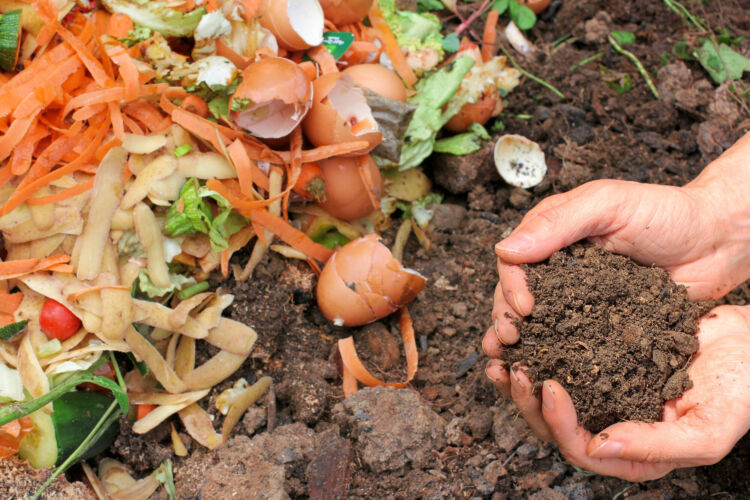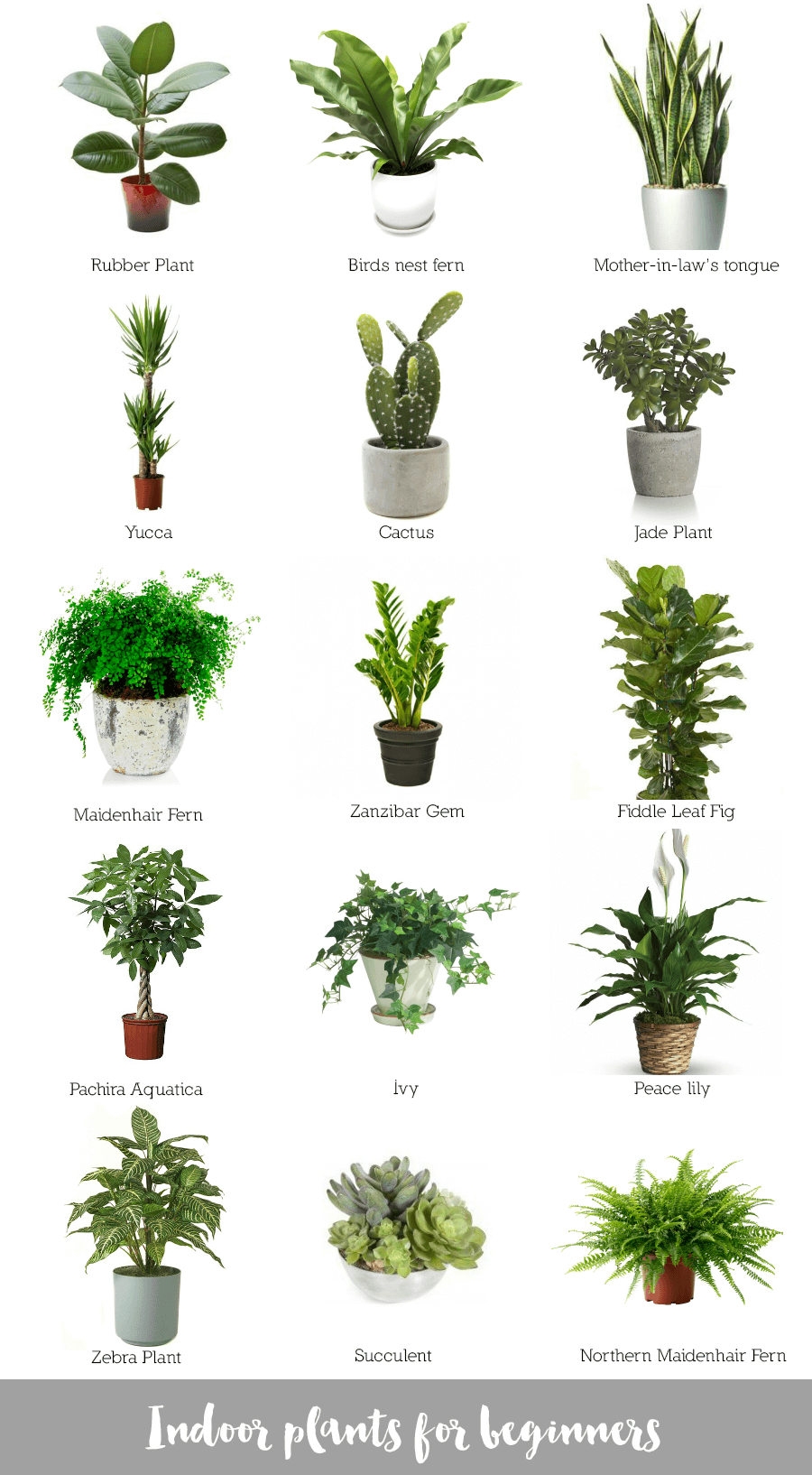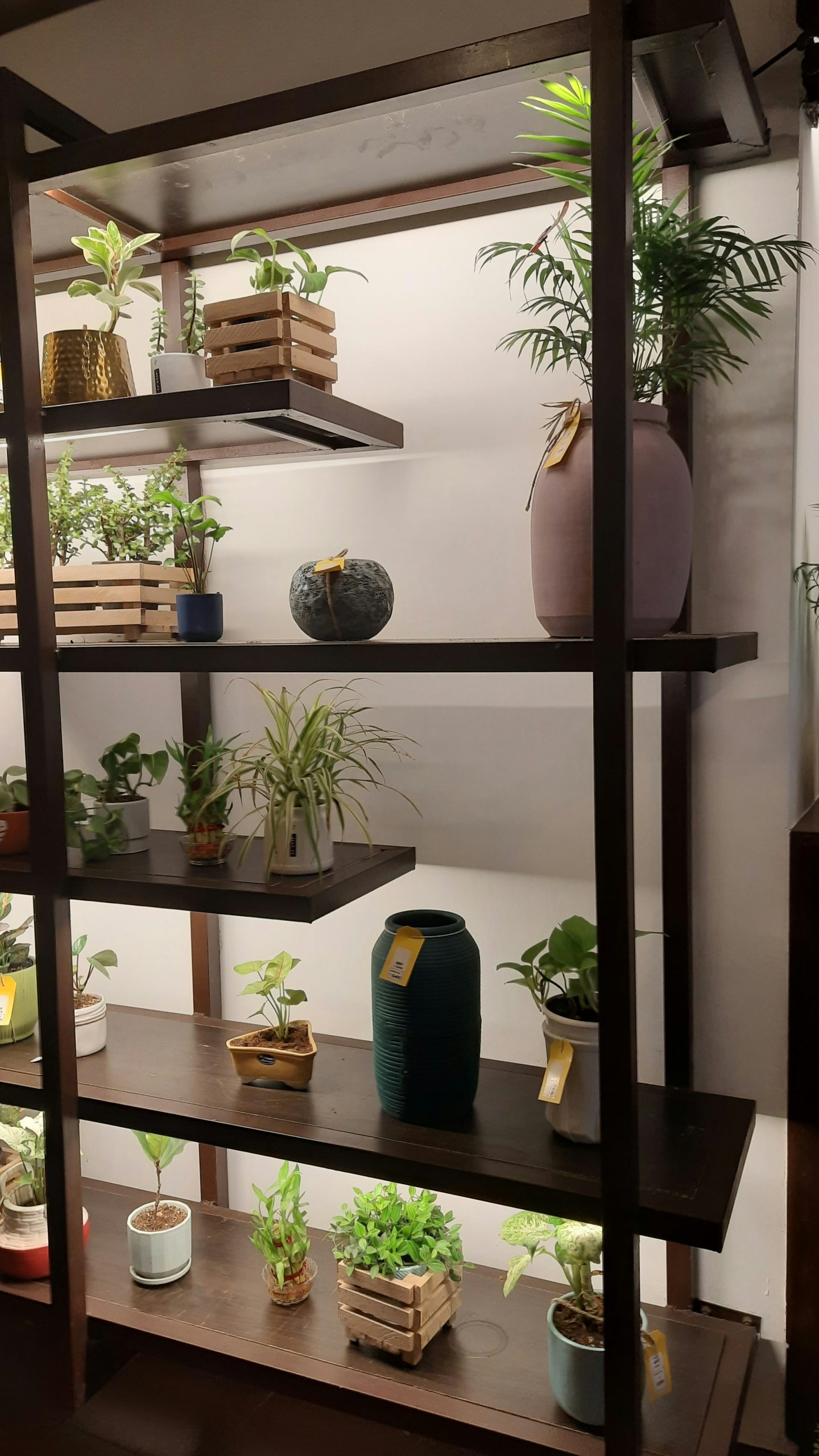Natural Homemade Fertilizer for Indoor Plants A Zero-Waste Gardening Guide
Indoor gardening is blossoming as more people seek sustainable, zero-waste lifestyles. If you’re looking to nurture your houseplants without synthetic chemicals or plastic waste, using natural homemade fertilizer for indoor plants is a fantastic, eco-friendly solution. In this guide, we’ll explore DIY options, composting techniques, and smart zero-waste ideas to keep your indoor jungle thriving. Why Choose Natural Homemade Fertilizer for Indoor Plants? A natural homemade fertilizer for indoor plants provides essential nutrients without synthetic chemicals. Using organic waste reuse for plants reduces your carbon footprint indoor gardening efforts and supports eco-friendly plant care. Plus, many homemade options outperform store-bought fertilizers in the long run. What is the Best Natural Homemade Fertilizer for Indoor plants? The best natural homemade fertilizer for indoor plants depends on your plant’s needs. For leafy greens, a nitrogen-rich compost tea works well. For flowering plants, a natural fertilizer for plants at home made from banana peels and coffee grounds offers vital potassium and phosphorus. Popular Homemade Fertilizers: Banana Peel Fertilizer Chop peels and soak in water for potassium-rich plant food. https://www.youtube.com/watch?v=vTdySCzMHVs Coffee Grounds for Plants Great for acid-loving plants and improves soil structure. https://www.youtube.com/watch?v=CDSimScPYPw Homemade Liquid Fertilizer for Indoor Plants Steep compost or vegetable scraps in water for 2–3 days. https://www.youtube.com/watch?v=M4wxhjYbl9E Homemade Plant Food for Water Plants Diluted fish emulsion or seaweed extract. https://www.youtube.com/watch?v=t_gH1Bzcoeo Composting at Home: Creating Your Own Fertilizer How do you compost at home? It’s simpler than it seems. Home composting involves collecting kitchen scraps (vegetable peels, coffee grounds, eggshells) and decomposing them with oxygen and moisture. Whether you’re in a house or an apartment, composting inside apartments is very doable. Composting transforms kitchen waste into a rich, natural homemade fertilizer for indoor plants. Composting at Home: Key Methods Indoor Worm Composting – Red wigglers break down food quickly and efficiently. DIY Bokashi Composting – Ferments waste anaerobically, ideal for small spaces. Indoor Compost Bin or Smart Composter – Electric kitchen composters reduce volume and Odor. Compost Tea – A homemade compost tea feeds your plants fast and boosts microbe health. What is the meaning of home composting? It’s the process of recycling organic household waste into nutrient-rich fertilizer through natural decomposition. How do you make a composting system at home? Use an indoor compost pile, compost bin for small spaces, or a kitchen food waste composter. Layer green (wet) and brown (dry) materials, turn regularly, and maintain moisture. https://www.youtube.com/shorts/1-T6qtM_Ajo What is a Good Natural Fertilizer for Flowering Plants? Flowering indoor plants need higher phosphorus. Natural fertilizer from vegetable scraps like onion skins, banana peels, and crushed eggshells is great. Add to your compost or soak in water for a DIY fertilizer solution. https://www.youtube.com/watch?v=qMosKNTL85s Crushed eggshells for calcium Banana peels for potassium Diluted homemade compost tea for all-around nutrition These ingredients also work well as a homemade plant food for water plants, offering gentle, long-lasting nourishment. What Is Best to Feed Indoor Plants? The best food for your indoor greenery depends on the plant type. Succulents prefer sparse feeding with natural fertilizer from vegetable scraps, while tropical plants benefit from nutrient-dense options like coffee grounds or DIY fertilizer made from molasses and kelp. Remember to combine these with a sustainable potting mix DIY for enhanced results. Zero Waste Indoor Gardening for Beginners Zero-waste indoor gardening focuses on reusing, recycling, and reducing dependency on plastics and chemical fertilizers. Tips for Zero-Waste Gardening: Use upcycled plant containers (jars, cans, baskets). Repot using sustainable potting mix DIY options like coconut coir or leaf mold. Practice repotting plants without plastic using biodegradable pots. Try zero waste pest control indoors like neem oil, garlic spray, or sticky traps. Grow with led grow lights energy efficiency for sustainable lighting. Water Conservation for Indoor Plants: Use collected rainwater, and water deeply but infrequently. Self-watering upcycled containers also help. Reducing Plant Packaging Waste: Buy loose soil or make your own potting soil mix for natural homemade fertilizer for indoor plants with compost, perlite, and coco coir. How to Fertilize Indoor Plants Without Waste To avoid waste: Reuse kitchen scraps in your kitchen waste composter. Make kitchen waste fertilizer weekly. Avoid plastic-wrapped plant products. Invest in a home food waste composter or electric kitchen composter. Feed with natural homemade fertilizer for indoor plants made from household waste. Composting Without the Mess How to Compost Indoors Without Smell Use tightly sealed indoor compost bin Add dry browns to control moisture Empty frequently into a garden composter or compost heap at home Even an electric kitchen compost bin can process smelly scraps odor-free, converting them into nutrient-rich compost within hours. Eco-Friendly Gardening at Home: Smart Tools & Ideas Integrate tech and waste-free solutions: Use a domestic compost machine or electric composter for kitchen to process scraps fast. Try smart composters with Odor control and quick turnaround. Grow in plastic-free indoor plant pots or clay containers. Purify air naturally with plant-based air purification zero waste techniques (e.g., peace lilies, spider plants). Reviving Dying Plants the Zero-Waste Way To revive a dying plant zero waste, prune dead material, enrich soil with organic waste reuse for plants, and improve drainage. Feed regularly with a balanced natural homemade fertilizer for indoor plants. Reviving and Maintaining Plants Sustainably If your plant is struggling, you can revive dying plant zero waste by: Trimming damaged roots and leaves Repotting in a potting soil mix for indoor plants with compost and perlite Feeding weekly with natural homemade fertilizer for indoor plants Air Quality and Eco Living Certain plants like peace lilies and snake plants offer plant-based air purification zero waste benefits. Combined with compost-fed soil, they reduce VOCs and improve indoor air naturally. Sustainable Gardening Tips To make your indoor gardening routine more sustainable: Buy in bulk or buy soil for indoor plants from refill stations Use best manure for plants at home like vermicompost or cow dung cakes Choose compost bin for small spaces for city living Practice kitchen compost making as a daily habit Use a home composter compost bin or kitchen waste compost bin for easy
Natural Homemade Fertilizer for Indoor Plants A Zero-Waste Gardening Guide Read Post »





